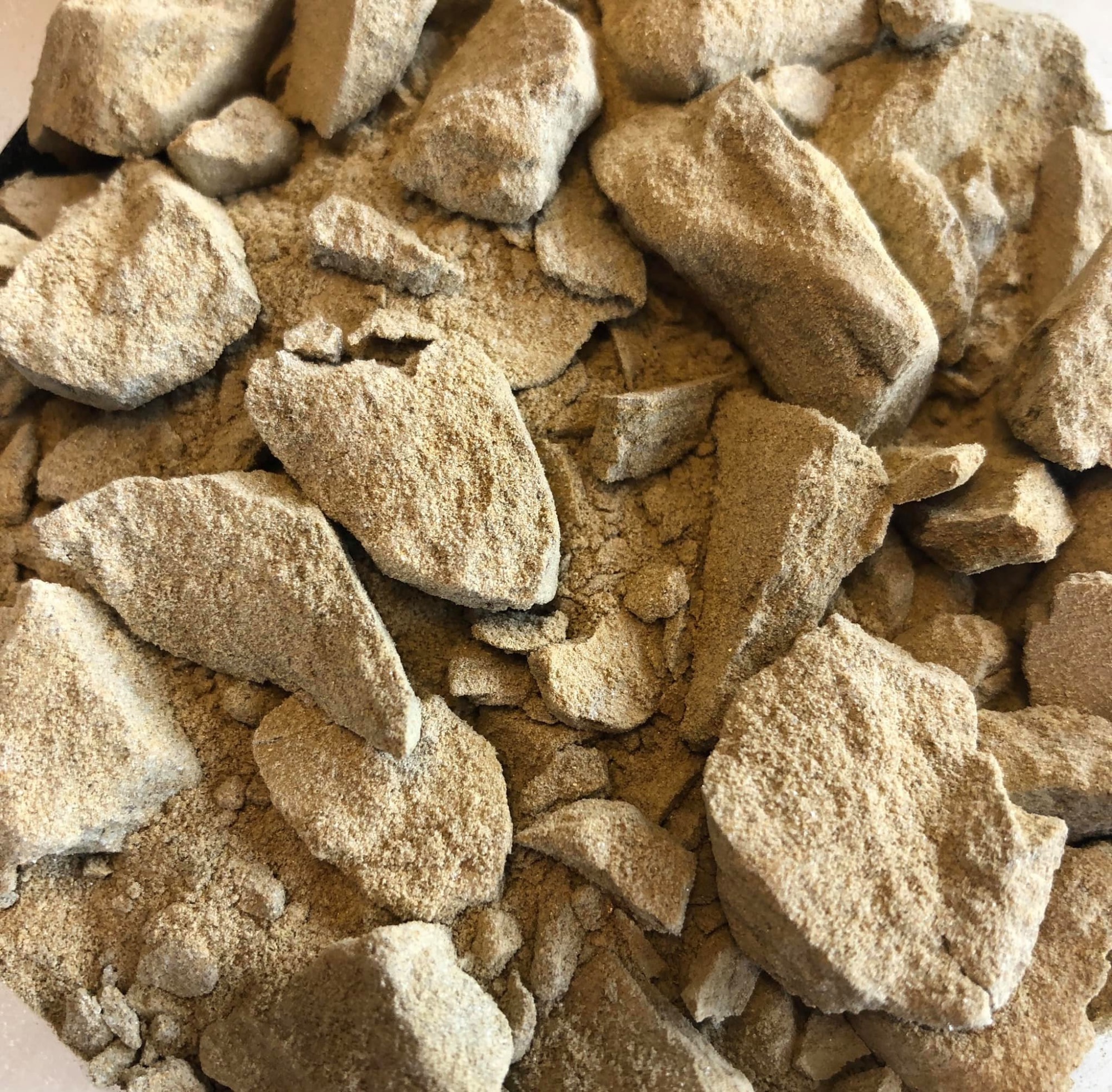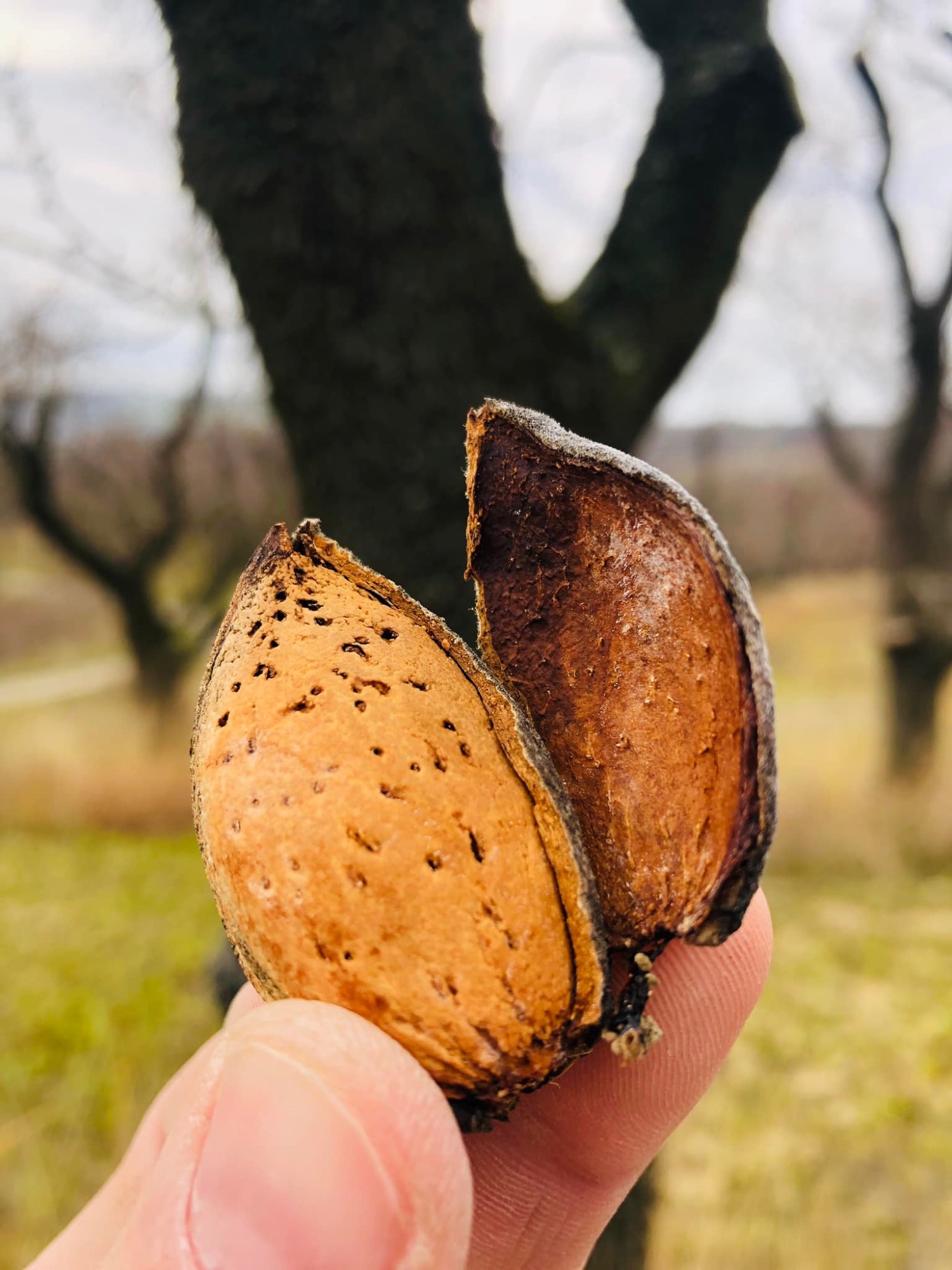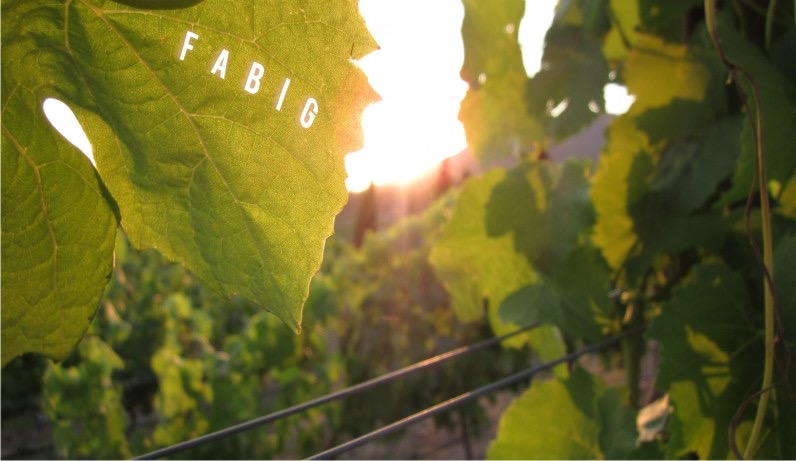Origin and diversity
Cultivation and the making of wine at my winery isn’t any magic. I believe in logical thinking and long lasting quality, not any current trends. We take care of our vineyards with a Eco-friendly approach, creating a long lasting sustainability.
Na výsluní

Subsoil: CLAYSTONE
This is single vineyard NA VÝSLUNÍ. The clay is a sediment of clay soils rich in minerals, especially calcium in Hustopeče. The claystone is very poorly permeable, but it retains water very well. It is an excellent water-holding and cool soil. In recent warm seasons? Great! This is the main reason for the higher acidity and the excellent ripeness of the sauvignons. It's not rare that we have grapes with higher sugar levels and high acidity. Wines on clay soils also give more complex, richer aromas.
Růženy

Subsoil: SANDSTONE
When we were doing soil probes recently, the singel vineyard RŮŽENY took me by surprise. Sandstone dominates the lower layers. I knew it was occasionally found in this area, but we ended up finding it everywhere. The diversity in the soils never ceases to fascinate me. Sandstone is a sedimentary rock, highly permeable and poor in nutrients. Sites with such soils also suffer less from disease due to their excellent water permeability. Wines from these soils have lower fullness but intense fruit aromas.
Stará hora

Subsoil: SAND
Unlike sandstone, sand is an unconsolidated clastic rock. These sites with highly drained soils suffer from drought and are inherently very nutrient poor, which is why in recent years we have gone for more vigorous rootstocks for vines (Kober 5BB). But the plot Stará hora (Old Mountain in English) is not only vineyards. Hustopeče is also unique for its almonds. A tradition since the 17th century. Almonds were planted only in this locality. And our ancestors knew why. Because of the sandy soil. Almond trees don't thrive in the clay, water-holding soil that exists on the other side of town.
Sahara

Subsoil: LIMESTONE
Pálava hill, Pavlov village, single vineyard SAHARA. The limestone bedrock is evident across the wineries here and can hardly be confused. When I first had the opportunity to work with Sauvignon from the Sahara plot a few years back, I was very excited to see the expression of the wine. I suspected that it would be different from the Hustopeče wines and that was appealing. Try christening the limestone stones against each other. You will immediately understand what connects the wines from Pálava. Salinity and subtle minerality. That's another unmistakable terroir.
1234




